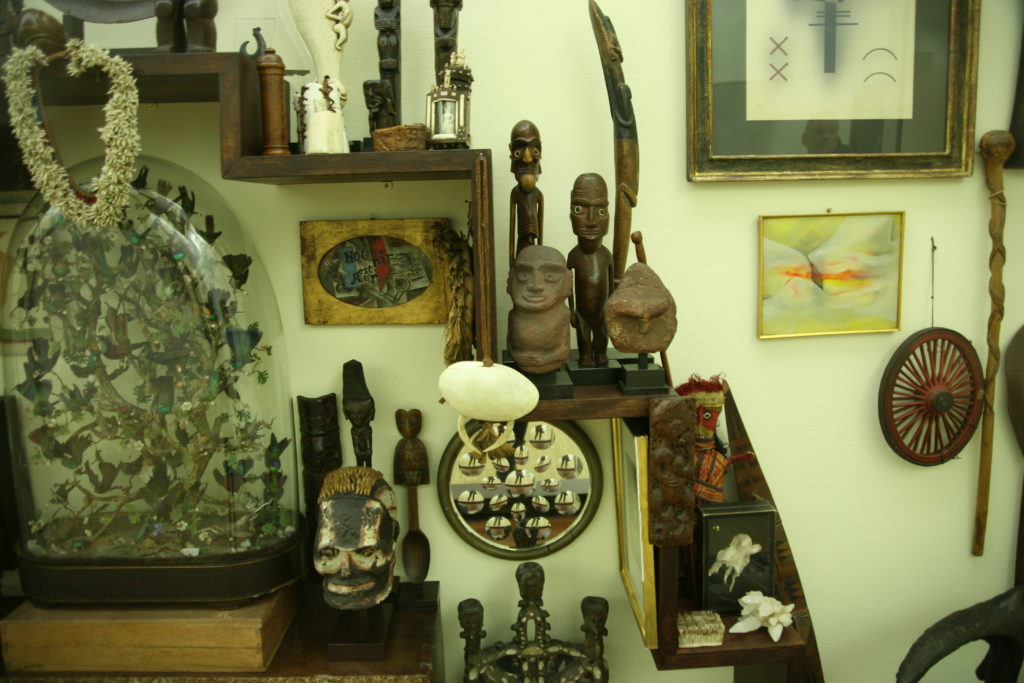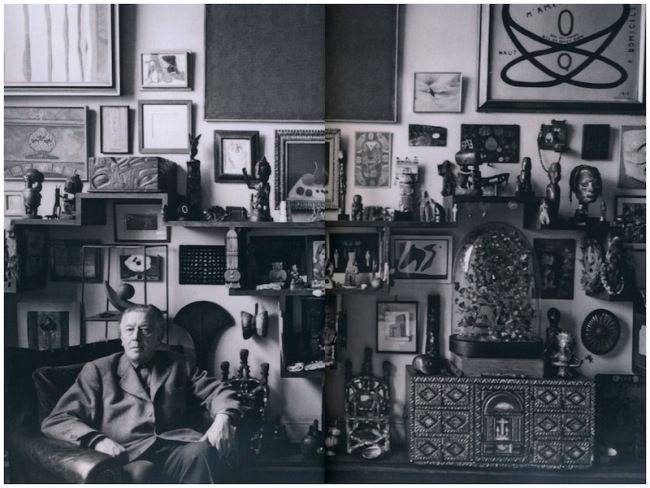
The Centre Pompidou, Paris
In 2003 the main body of Surrealist Andre Breton’s ecclectic collection was auctioned (the French government had taken a ‘wall’ of the collection as death duties when the poet, artist, intellectual … died in 1966). At the time there was great protestation that the state hadn’t secured the collection and flat to turn into a museum, but that would have been the greatest contradiction of what Breton stood for.

His collection grew from his fascination with objects and ideas that could combine to spark new directions, often instigated by the random lack of order in his arrangement. To catalogue, label and isolate each item for public consumption – would at best re-attach the objects original historical function while totally destroying the ‘possibilities’ that attracted Breton (and any creative mind). An object in a collection a focus and meaning defined by the collector above and beyond the items original purpose (which is totally true of any work of art – once it’s left the studio, the artist’s reason for producing it falls away as it takes on it’s own purpose and meaning, given life by others).

When in Paris I make my way to the Pompidou and spend a bit of time with what is left of this collection, and I’ve come to realize how relevant it has become in relation to our own time. A fragment of fragmentary objects -tenuously linked, culturally drained in search of a narrative whose author has left the building.
An eloquent metaphor for our short-attentioned digital experience, and a great influence on our work and growing collection.
